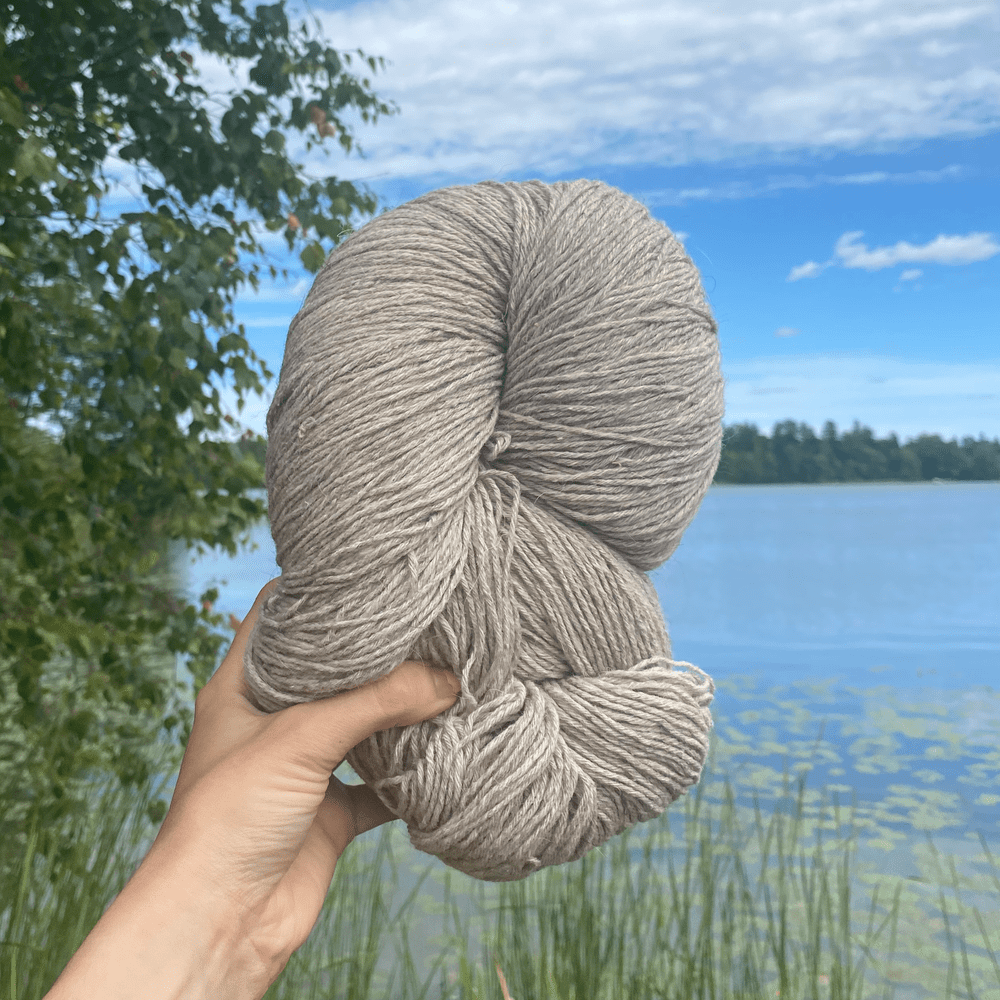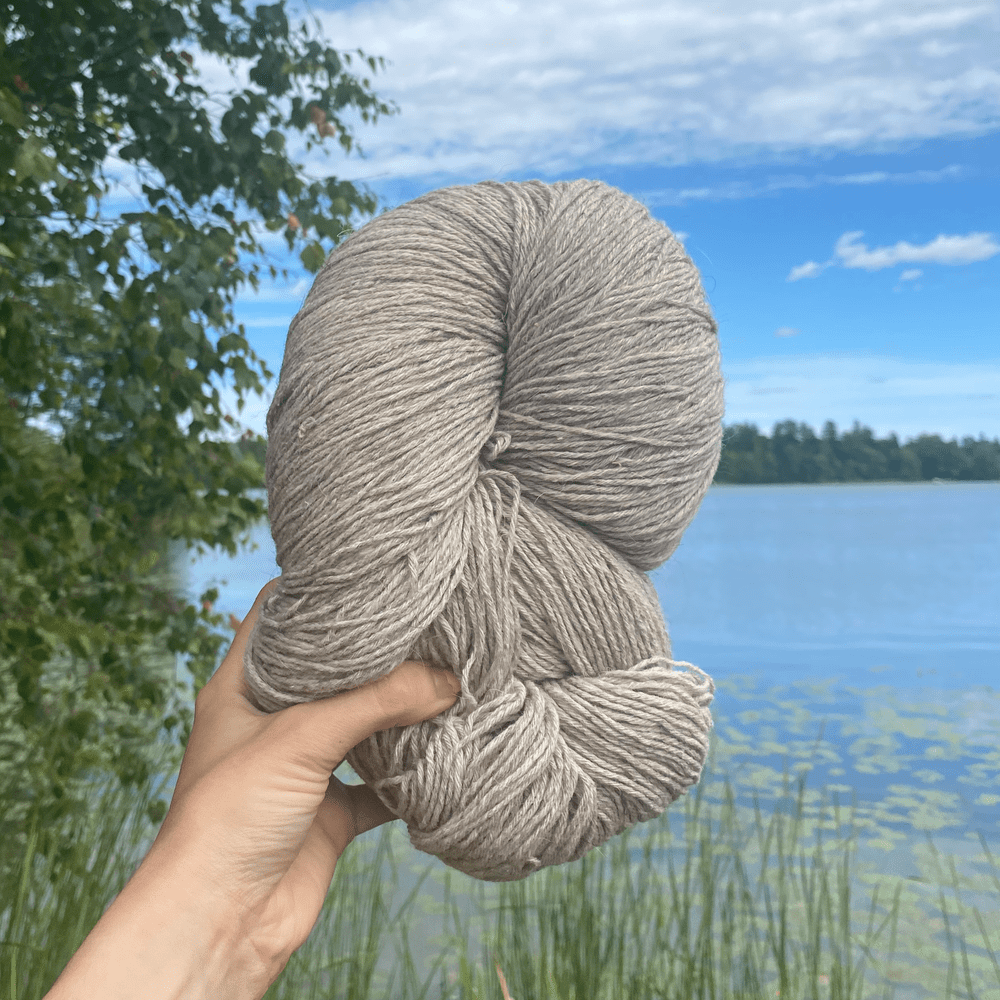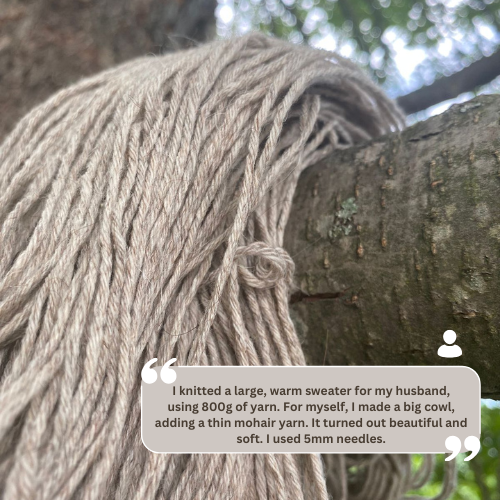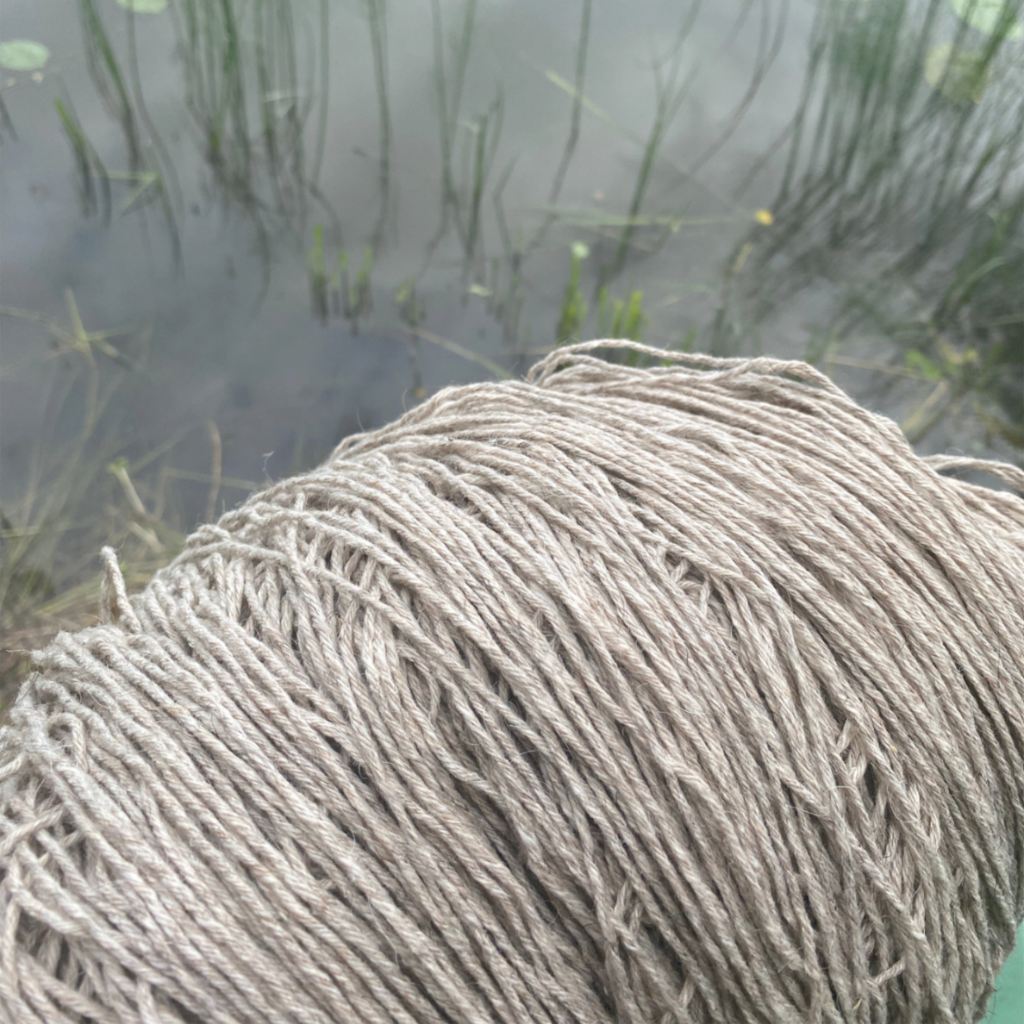
The Benefits of Llama Wool: A Hypoallergenic Choice
Llama wool is an excellent choice for knitting and crochet projects due to its durability, warmth, and hypoallergenic properties. Sourced from llamas native to the Andes mountains in South America, this wool offers a unique combination of qualities that make it suitable for various uses.
Unique Properties of Llama Wool
- Durability: Llama wool is highly durable and resistant to wear and tear, ensuring that your projects will last for years.
- Warmth: Excellent thermal properties make llama wool perfect for cold weather.
- Softness: Llama wool is soft, making it suitable for a variety of uses without the itchiness often associated with regular sheep wool.
Hypoallergenic Properties
A key feature of llama wool is its hypoallergenic nature. Unlike sheep's wool, llama wool contains very little lanolin, a natural oil that can cause allergic reactions in some people. This makes llama wool a good choice for those with sensitive skin or wool allergies.
- Hypoallergenic: Contains less lanolin, reducing the risk of allergic reactions, making it suitable for people with sensitivities.
- Comfort: Due to its hypoallergenic properties, llama wool is comfortable to wear directly against the skin without causing irritation.
Uses for Llama Wool
Llama wool's unique properties make it suitable for a range of knitting and crochet projects. Here are some ideas to inspire you:
- Outerwear: Thanks to its durability and warmth, llama wool is ideal for jackets, coats, and heavy sweaters.
- Accessories: Create hats, scarves, and gloves that will keep you warm during winter months.
- Home Décor: Use llama wool for blankets, throws, and cushion covers to add warmth and comfort to your home.
Recommendations for Hypoallergenic Knitting with Natural Fibers
When selecting natural fibers for your knitting projects, consider the following tips to ensure a hypoallergenic experience:
- Choose Low-Lanolin Fibers: Opt for fibers like llama, alpaca, or cotton, which contain less lanolin and are less likely to cause allergic reactions.
- Test for Sensitivities: If you're unsure about a particular fiber, consider doing a patch test on your skin before committing to a larger project.
- Look for Organic Options: Organic fibers are often processed without harsh chemicals, making them a safer choice for sensitive skin.
- Care Instructions: Follow proper washing and care instructions to maintain the integrity of the fiber and reduce potential irritants.
By understanding the benefits of llama wool and its hypoallergenic properties, you can make an informed decision for your next knitting or crochet project. Whether you're creating a winter coat or a comfortable scarf, llama wool offers durability, warmth, and comfort.
Explore our llama yarns for the best selection of wool to bring your creative ideas to life.











